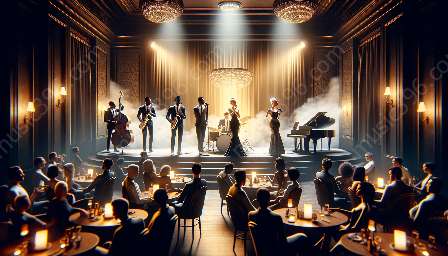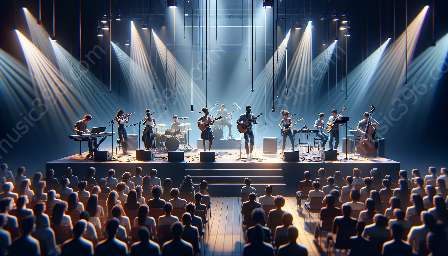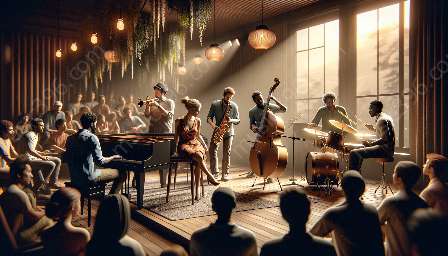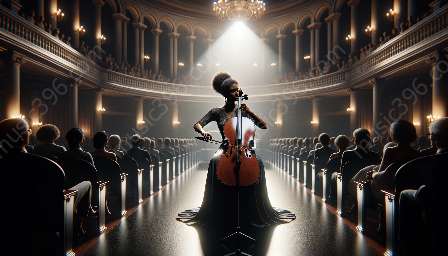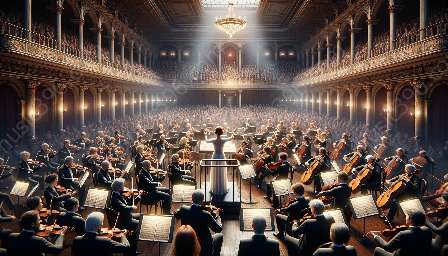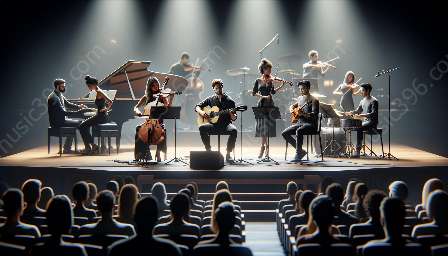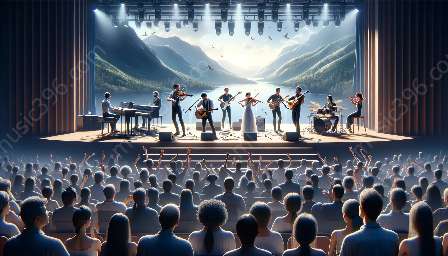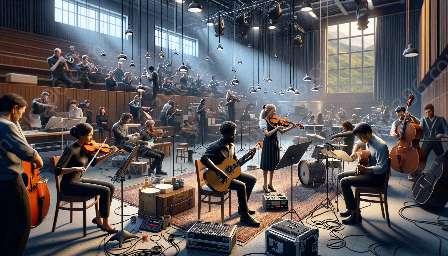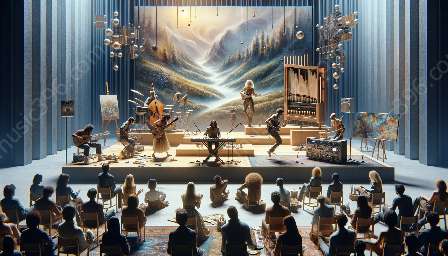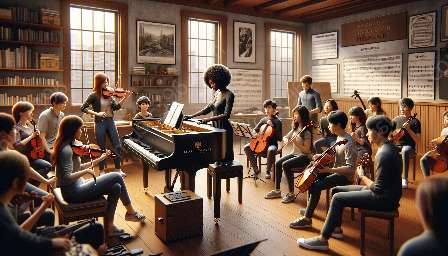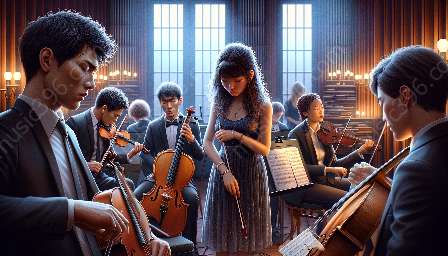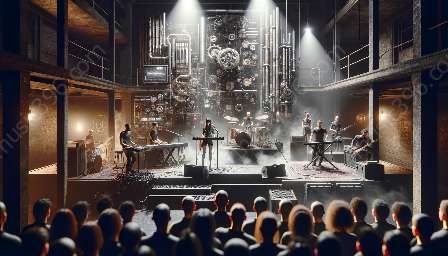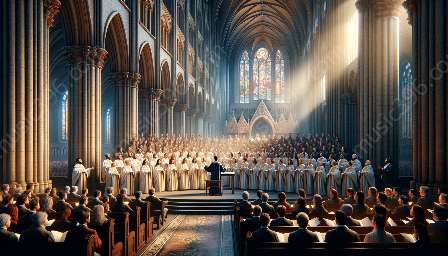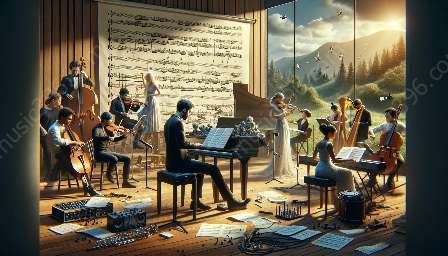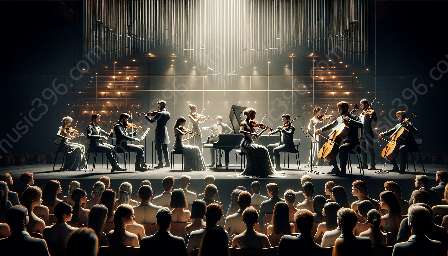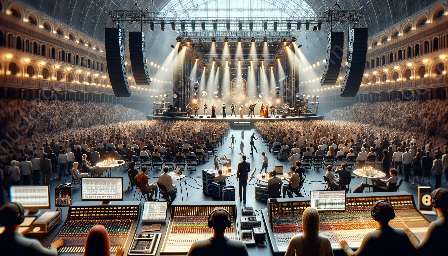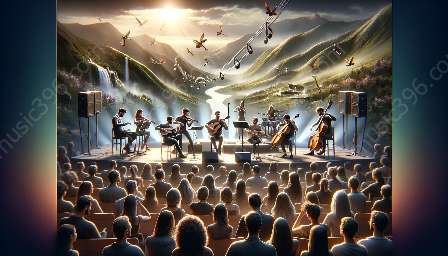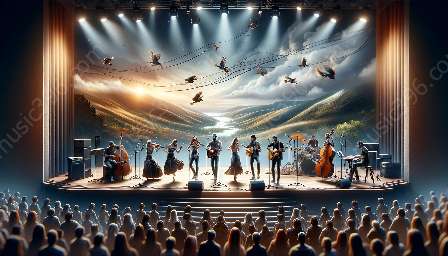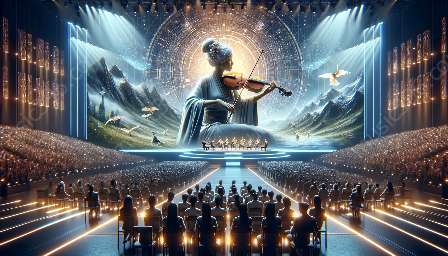Vocal Performance and Sight Reading: A Comprehensive Guide
Vocal performance is an intricate art, and sight reading is an essential skill for any aspiring singer. The ability to sing a piece of music accurately upon first seeing it is a valuable skill that can elevate a vocalist's performance to new heights.
The Significance of Sight Reading in Music Performance
In the realm of music, sight reading is the ability to read and perform a piece of music without prior rehearsal. This skill is particularly important for vocalists, as it allows them to interpret and render music effectively, both in solo performances and ensemble settings. Sight reading is an indispensable tool for singers, enabling them to connect with the music in real time and convey the emotions and nuances embedded in the score.
Enhancing Musical Interpretation
Sight reading enhances a vocalist's musical interpretation by providing a deeper understanding of the melody, rhythm, and dynamics of a piece. By mastering this skill, singers can more effectively convey the composer's intent and bring the music to life through their performance.
Building Versatility and Adaptability
Proficient sight reading skills empower vocalists to be versatile and adaptable. They can confidently tackle a wide range of musical genres and styles, making them valuable assets in various performance scenarios. Whether in a choir, musical theater production, or recording session, singers who excel at sight reading are equipped to handle diverse musical challenges with confidence and skill.
Facilitating Collaboration
When participating in ensemble performances, sight reading proficiency fosters seamless collaboration among vocalists and instrumentalists. It allows performers to fluently integrate their vocal parts with the overall musical arrangement, resulting in cohesive and harmonious renditions.
Developing Sight Reading Skills
Mastering sight reading requires consistent practice and dedication. Vocalists can employ several strategies to enhance their sight reading proficiency:
- Regular Practice Sessions: Devote time to regular sight reading practice to improve note recognition, rhythmic accuracy, and musical phrasing.
- Utilize Sight Reading Exercises: Engage in exercises specifically designed to develop sight reading skills, such as interval recognition, pitch accuracy, and rhythm exercises.
- Seek Professional Guidance: Work with a vocal coach or music educator who can provide targeted guidance on sight reading techniques and offer personalized feedback.
- Explore Diverse Repertoire: Expose yourself to a wide variety of musical genres and styles to broaden your sight reading capabilities and develop adaptability.
- Utilize Technology: Leverage technology tools, such as sight reading apps and software, to supplement your practice and track your progress.
The Art of Music Performance
Music performance is a multifaceted discipline that encompasses not only technical skill but also emotional expression and artistic interpretation. Whether singing in a concert hall, on a theatrical stage, or in a recording studio, vocalists strive to deliver memorable and impactful performances that resonate with audiences.
Interpreting Musical Expressions
Music performance involves interpreting and conveying the expressive elements embedded within a piece of music. Vocalists must master the art of expressing emotions, conveying narratives, and evoking imagery through their vocal delivery, all while maintaining technical precision and artistic integrity.
Connecting with Audiences
Effective music performance transcends technical proficiency and forges a deep connection with listeners. Vocalists aim to captivate audiences through their expressive delivery, compelling storytelling, and engaging stage presence, fostering an emotional bond that resonates long after the performance concludes.
Collaborating with Musicians
Collaboration is central to music performance, as vocalists often work alongside instrumentalists, conductors, and fellow singers to create cohesive and harmonious musical experiences. Effective communication, mutual respect, and a shared commitment to artistic excellence are essential ingredients for successful collaborations in music performance.
Embracing Continuous Growth
Music performance is a journey of continuous growth and development, as vocalists seek to refine their technique, expand their repertoire, and explore new avenues of artistic expression. Embracing lifelong learning and a spirit of innovation cultivates a dynamic and evolving approach to music performance.
The Intersection of Sight Reading and Vocal Performance
When sight reading intersects with vocal performance, it creates a powerful synergy that elevates the artistry and impact of a vocalist's rendition. The ability to seamlessly integrate sight reading skills into a performance empowers singers to deliver compelling and authentic interpretations of diverse musical compositions.
Real-Time Musical Engagement
Sight reading in vocal performance enables singers to engage directly with the music in real-time, infusing their delivery with spontaneity and genuine emotion. This immediate connection to the score adds a layer of depth and authenticity to the performance, captivating audiences with the raw energy and artistic freedom inherent in live music-making.
Adaptive Performance Capabilities
Vocalists adept at sight reading possess adaptive performance capabilities that allow them to confidently navigate diverse musical contexts. Whether interpreting a newly encountered piece or seamlessly integrating with ensemble arrangements, sight reading proficiency equips singers with the flexibility and agility to excel in dynamic performance scenarios.
Expressive Artistry and Technical Precision
By marrying sight reading proficiency with vocal performance, singers can seamlessly balance expressive artistry and technical precision. The ability to interpret and execute music on the spot while infusing it with emotional depth and vocal nuance distinguishes proficient sight reading vocalists as consummate performers.
Conclusion
Mastering sight reading and excelling in vocal performance are endeavors that demand dedication, discipline, and a deep-seated love for music. By honing sight reading skills and embracing the art of vocal performance, singers can embark on a journey of artistic growth, versatility, and expressive storytelling that resonates powerfully with audiences.
;Conclusively, the intersection of sight reading and vocal performance illuminates the synergy between adaptability, expressiveness, and technical acumen, enriching the tapestry of musical artistry.;
